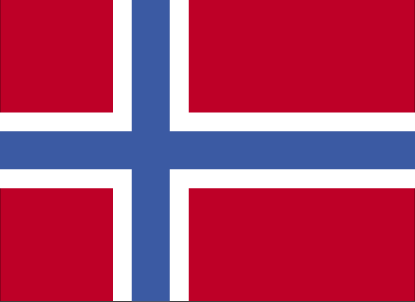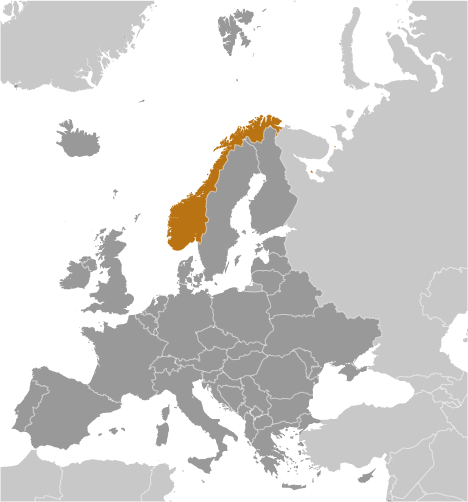

 |
NORWAY |  |
|||||
| IS 540 - Readines for the Networked World | |||||||
| Home | Access | Learning | Society | Economy | Policy | HDI | References |
| NETWORK ACCESS - Stage 3 | ||||||||||||||||
|
OVERVIEW: Norway has telecommunications infrastructure is considered to be relatively advanced; however it is not cutting edge. Norway utilizes 2.9 million fixed lines and 3 million mobile lines. Internet usage among Norwegians is also high, with roughly 65% of the population having internet access. In addition, 54% of Norwegian homes are connected to the internet in some fashion. All these population trends are positive; however Norway still has more work to do. Broadband access is generally thought to be a problem in Norway, although this is expected to improve. Network access rates to homes and businesses generally support connections of up to 1MBit/s, which are too slow to offer more robust services. Companies have resorted to high speed leased lines; however generally find them to be expensive. Norway just recently went through the privatization process of their telecommunications industry. There are a growing number of telecommunications companies in Norway; however Telenor is by far the largest ICT provider. Industry estimates indicate that Telenor has roughly about 80% of the market. The deregulation of the telecommunications industry in Norway is showing signs of improvement. New providers are beginning to emerge in the form cable companies, electric companies, wireless carriers, and network providers are all beginning to increase competition over the business and consumer markets. Nera SatCom (Nera) is a Norwegian company that is pioneering in ICT by developing wireless information solutions. Nera is seaking to integrate a number of technologies (telephony, media, information, and high speed wireless) into one seamless solution. Nera feels there will be significant demand in the future as markets develop and technologies converge. Nera has built a wireless broadband network that allows access for these bandwidth intensive devices. Nera has also invested in mobile satellite communications and applied this to maritime industries. The services are projected to be very popular in markets where internet usage is high. Broadband generally refers to a network connection (wired or wireless) with more than 2 Mbits/s. Norway is in the process of developing a stable and secure broadband infrastructure that can offer high speed connectivity via access networks to homes, businesses, government agencies, and organizations. The existing access networks allow for several types of digital connections to homes, which range from 64kBit/s to 1MBit/s. By global standards, these speeds must be improved to provide the capacity which will allow more robust services to be developed and offered to the market. INTERNET USAGE:
|
||||||||||||||||
|
From 2010 to 2011, the share of enterprises that exchanged electronic data with others increased from 53 to 57%.
The enterprises with 10-19 persons employed increased from 49 to 53%, while those with at least 100 persons employed increased from 75 to 78%.
The difference between large and small enterprises is still substantial.
One out of three enterprises have sent payment instructions to financial institutions electronically. This was an increase of 4% compared to last year. The exchange of product information, e.g. catalogues and price lists, is becoming increasingly important between enterprises. The share of enterprises that has sent or received product information has increased from 22% to 44% in the last year. In addition, half of the enterprises exchanged data with public authorities in January 2011. Fourteen per cent of the enterprises have sent electronic invoices in a standard structure suitable for automatic processing, e.g. EDI, UBL, XML. Meanwhile, two out of five sent electronic invoices that were not suitable for automatic processing, e.g. e-mails, e-mail attachments in PDF format. 
|